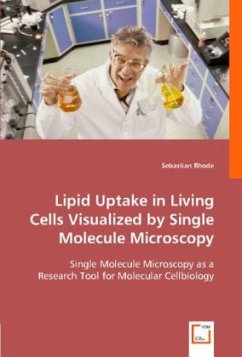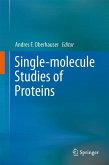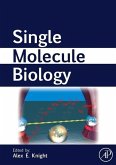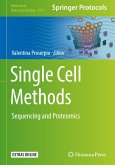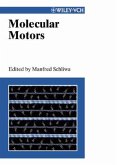In recent years single molecule microscopy (SMM) became a very important tool in cell biology. Compared to other microscopic methods this technique offers the possibility to probe molecules in living cells with high temporal and lateral resolution. These advantages allow measuring the entire statistical distribution of a parameter. Therefore this method can be used to analyze heterogeneous probes, because it avoids the problems of averaging typically limiting investigations of ensembles. Another major advantage of this method, which is especially relevant for this work, is the possibility to determine the position of a labeled particle or molecule with accuracy which is about one order of magnitude below the diffraction limit of conventional optical microscopy.In the presented work all these benefits are utilized to answer questions concerning lipoprotein related lipid uptake and the behavior of lipids within the plasma membrane. Part of this work deals with the combination of atomic force microscopy (AFM) and fluorescence microscopy. The advantages of both methods are combined in one setup.

